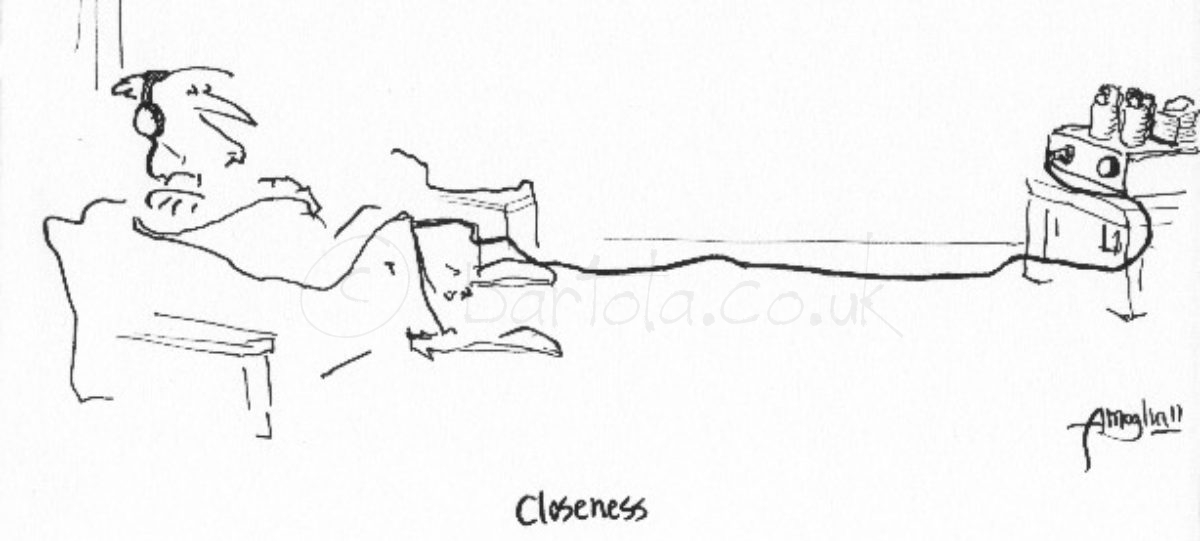
Everyone loves this thoriated-tungsten DHT valve. I’ve only used it in a preamp and was hooked with its sound. Really warm and nice. Downside is, it’s very pricey these days and also is quite demanding from a filament perspective. You can check the characteristics here.
For those who like testing their designs with LT SPICE, I produced a model which matches really well the traced curves. Would like anyone to use this one, to drop me a note with any feedback 🙂

Here is the VT-25 spice model. Let me know how it works for you!


Hi, Ale,
Thanks for sharing. Is the curve for VT25 with regular 1.2A filament current or starved? I suppose if the filament current is reduced by 10%, then the RA will be increased by roughly the same proportion (or only slightly less)? Thanks.
Wayne
Hello! Thank you for posting your 10Y curve traces and the LTSpice model. I’ve been using them to good effect in designing a driver stage for 2A3 and 300B amps.
Question: I’ve not found any 10Y-specific datasheets. Do you happen to know if the plate curve graphs in the “regular” type 10 datasheets are also accurate for the 10Y?
I thought I’d try using the common operating points from the type 10 datasheet as a starting point. Also, your trace seems to indicate that 250V/18mA at -15V bias might be a good operating point as well.
Jeff
Hi Jeff,
Glad you found them useful. If you do a search around you will find some information of the 10 (formerly UX-210) being the earliest incarnation of the family. Have a read here: and here: .
The datasheet can be found here: RCA-10 datasheet
Cheers,
Ale
You could take a look at my curve traces taken from a bunch of different 10/10Y tubes here: https://mbrennwa.github.io/curvetracedata/10_VT25
Tubes #2 and #3 are Western Elecric types with the non-thoriated filaments (maybe also #1 and #4, I would have to check). The others have thoriated filaments.
Thanks for sharing Matthias, very useful and great work.
Acutally, thinking of it, I have been wondering for a long time why thoriated tungsten filaments would improve/change the sound. I can see how the thorium coating changes how electrons are emitted from the cathode/filament. But why would that have an effect on the sound?
JC Morrison explained it to me at ETF few years ago. It escaped my memory given the detailed physics involved. I will ask him again next time I speak